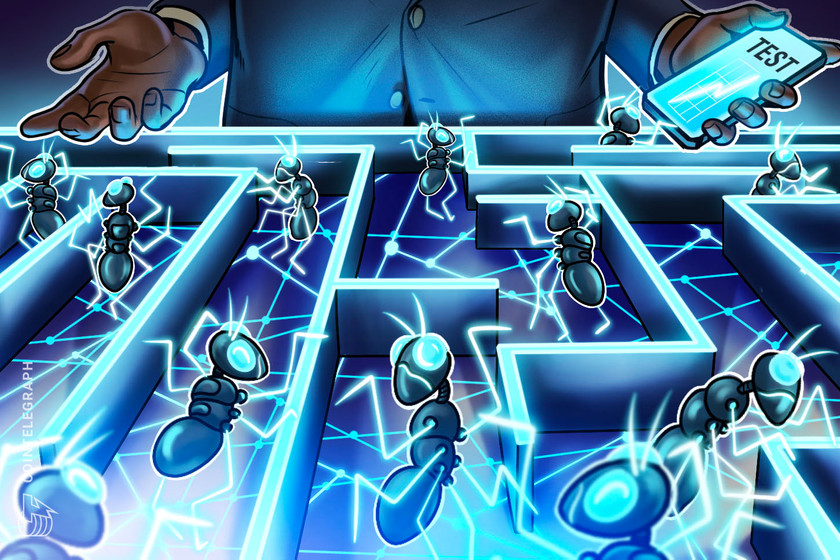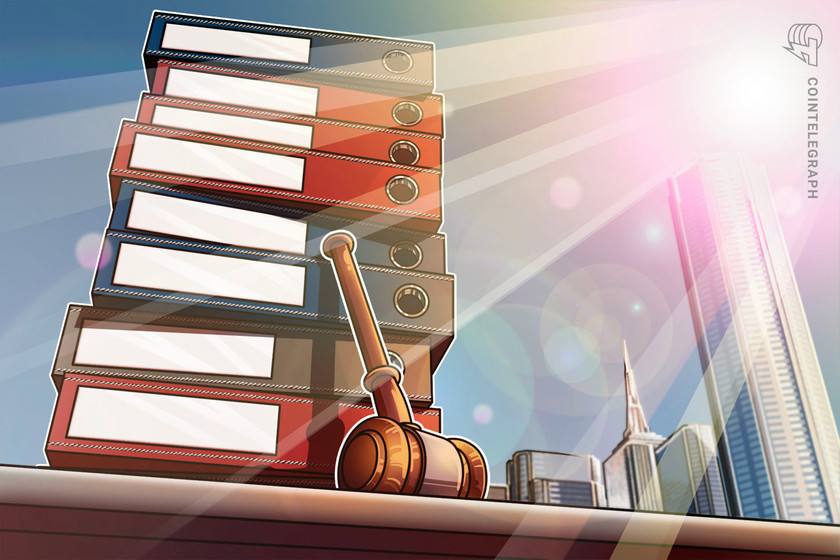US Fed: CBDC a ‘very high priority’ to combat bad private sector money
The United States Federal Reserve needs its own digital currency to protect against a possible overnight proliferation of stablecoin technology, says Fed chairman Jerome Powell.
2540 Total views
14 Total shares

Cryptocurrency stablecoins could become systemically important overnight, says United States Federal Reserve Chairman Jerome Powell, and that’s why the Fed is determined to get its own central bank digital currency right.
CBDCs are the banking industry’s answer to cryptocurrency stablecoins. While they are often hosted on the blockchain, they share little in the way of philosophical parity with their decentralized counterparts. CBDCs will be overseen by the banks that issue them and will be regulated under the laws of their respective jurisdictions.
Speaking in an interview with Yahoo Finance, Powell said advances in technology had enabled private entities to create their own money — and that history had shown this was something to be avoided:
“Technology has made this possible and effectively private sector actors can create the equivalent of digital money. We know in the past with private sector money, the public sometimes just thinks of it as money, and then at some point they find out it’s not money. That’s a very bad thing we need to avoid.”
Powell can envision a scenario where stablecoins are suddenly relevant to a large enough number of people to become “systemically important” overnight. He said the Fed still doesn’t know how it might respond to such an occurrence, and admitted that it isn’t even close to understanding the risks:
“[Stablecoins] could become systemically important overnight and we don’t begin to have our arms around the potential risks, how to manage those risks — and the public will expect that we do, and has every right to expect that […] It’s a very high priority.”
As high a priority as launching a CBDC may be, the Fed won’t fall into the trap of trying to be the first. Russia, China, Sweden, Australia and the European central bank have all taken steps towards launching a CBDC (some are further along than others), but according to Powell, the U.S is always going to have first-mover advantage because of the dollar’s status as the world’s reserve currency:
“Since we are the world’s reserve currency, we actually think we need to get this right and we don’t feel an urge or a need to be first. Effectively it means we already have a first-mover advantage because we’re the reserve currency.”
Powell’s laid back approach to the prospect of a “CBDC gap” emerging between world superpowers isn’t shared by everyone. In October a senior Japanese finance minister warned that China’s digital currency could eclipse the fiat monies of world nations if the digital yuan gets first-mover advantage.
The president of the Chinese Finance Association dismissed this notion, adding that the digital yuan was not like Libra, and that it had no intention of replacing international currencies.
Any prospective “Fedcoin” is still years away, according to Powell, who is determined to do it right, rather than fast — even if it means losing ground to private sector money in the meantime.
“We’re determined to do this right rather than quickly, and it’ll take some time […] Measured in years rather than months.”









